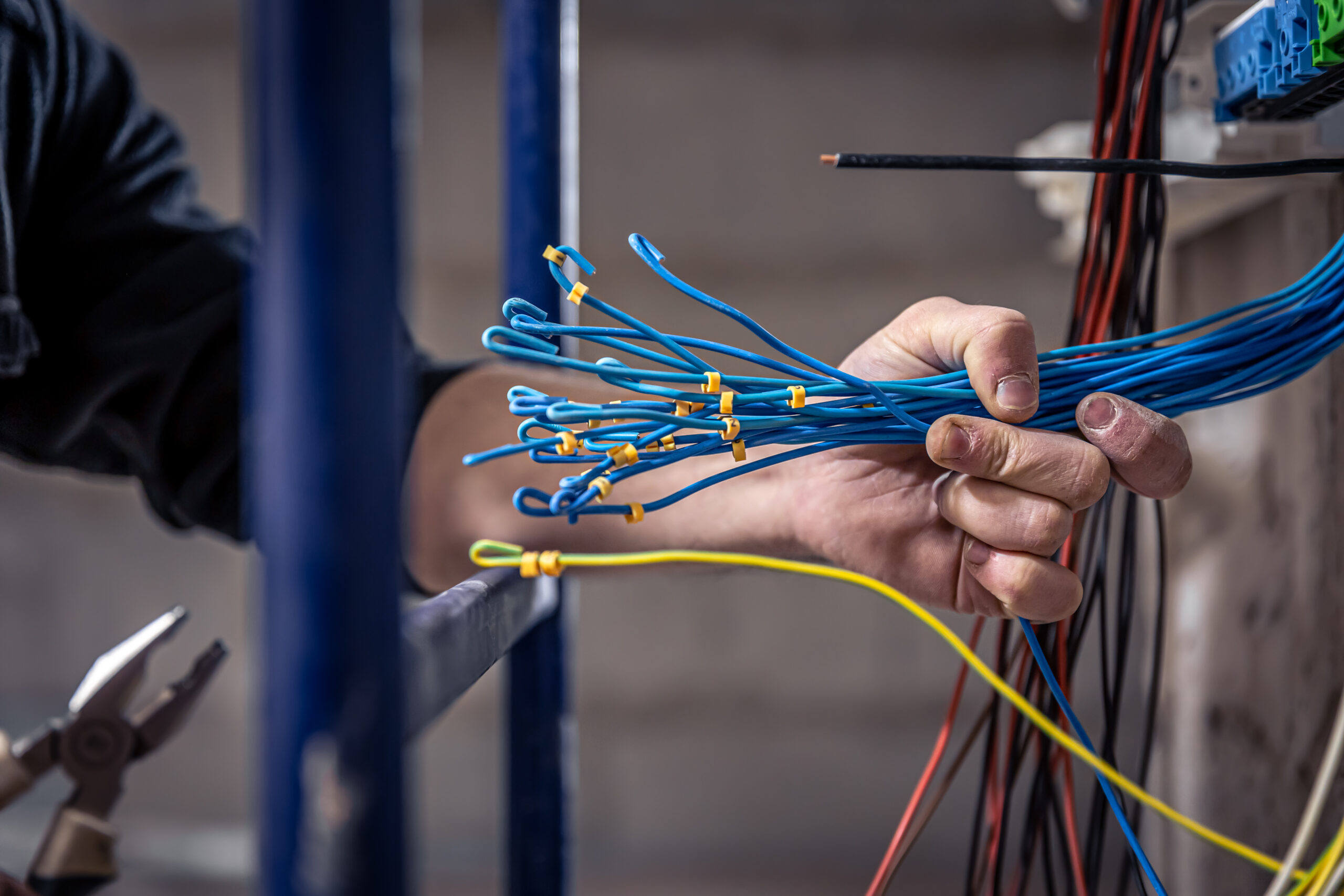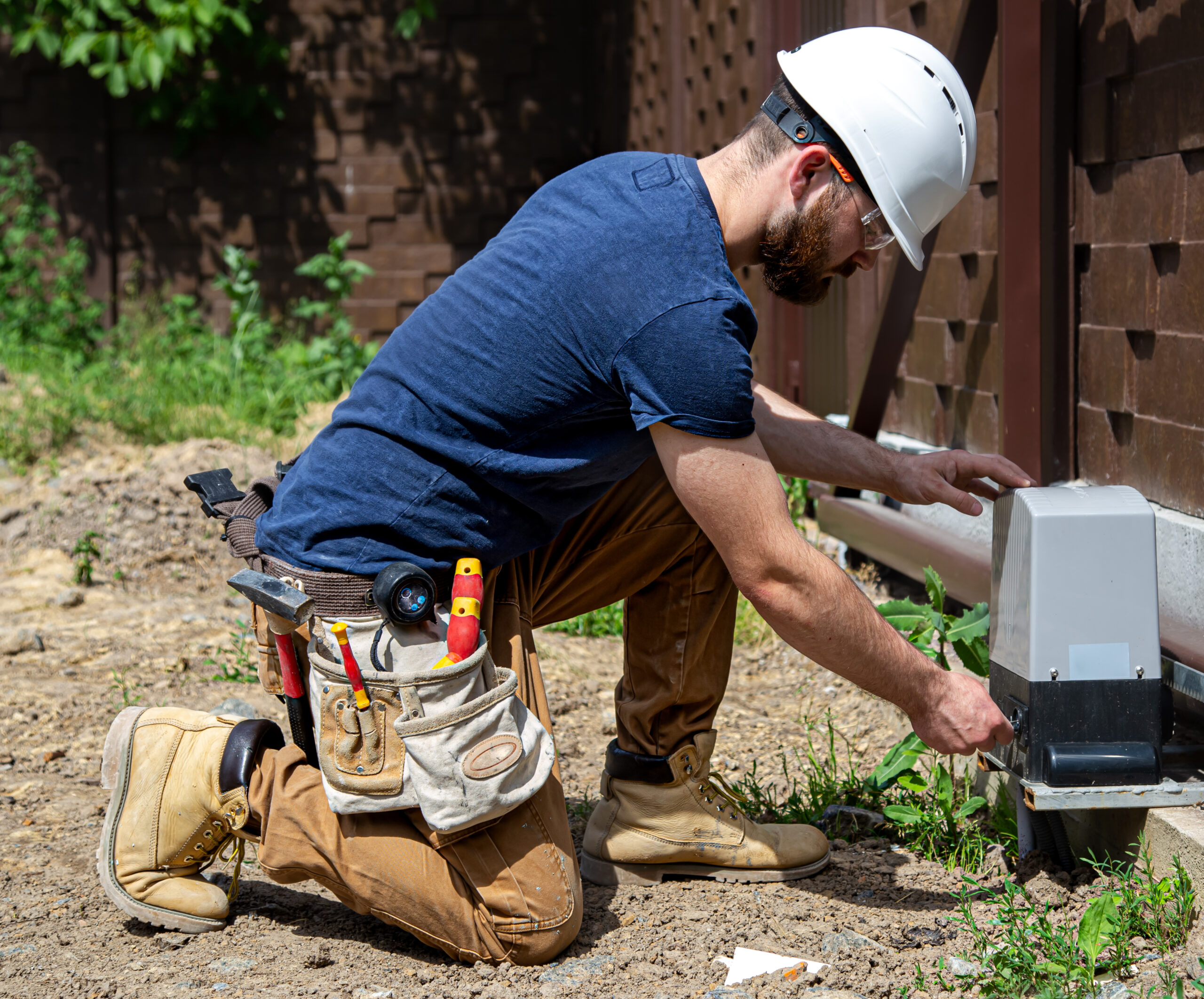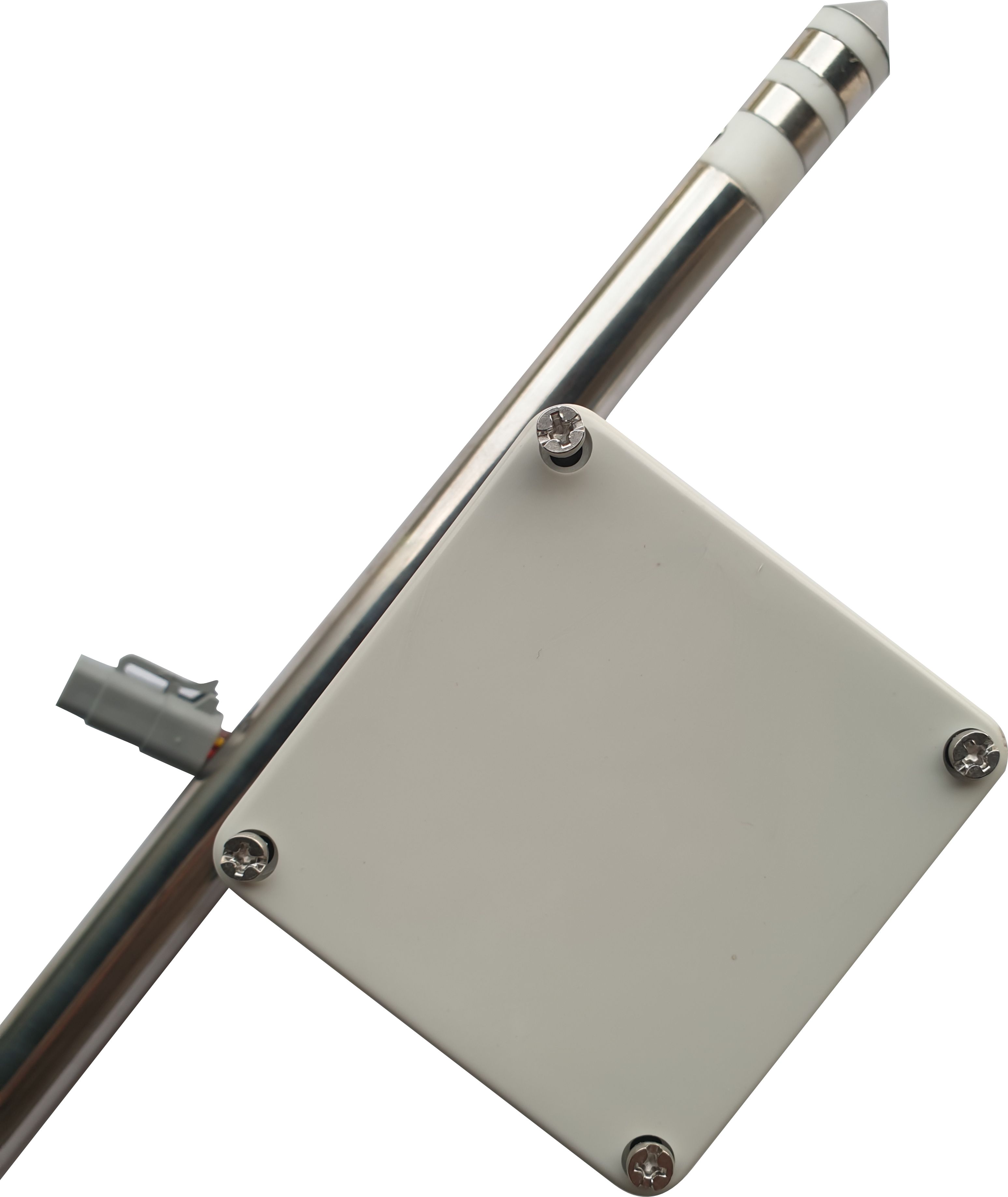Earthing for Transmission & Distribution Lines
R.A.E.S.RRaising Awareness on Electrical Safety & Reliability
Earthing, also known as grounding, is a fundamental concept in electrical systems that involves establishing a direct connection between an electrical device or system and the earth’s conductive surface. This connection serves as a safety measure, as it ensures the safe dissipation of fault currents and static electricity, reducing the risk of electrical shocks and equipment damage.
The importance of earthing cannot be overstated, as it plays a critical role in ensuring electrical safety and system stability. By providing a low-resistance path for excess electrical currents, earthing prevents the buildup of voltage that could otherwise result in dangerous electrical surges and potential hazards for individuals working with or around electrical equipment. It helps maintain the voltage levels within acceptable limits, protecting sensitive electronic devices and appliances from over voltages or transient disturbances. Without a reliable earthing system, the risk of equipment failure, disruption of power supply, and even electrical fires significantly increases.
Distribution lines form a crucial part of the electrical power supply chain, serving as the link between electricity generators and end-users. These lines are responsible for delivering electricity from power substations to residential, commercial, and industrial consumers. The distribution network typically operates at lower voltage levels, commonly ranging from 11 kV to 33 kV, depending on the region and requirements.
Transmission lines are high-voltage power lines that play a critical role in long-distance power transfer across vast geographical regions. Unlike distribution lines that serve local areas, transmission lines carry bulk electricity generated at power plants over hundreds or even thousands of kilometres to substations and interconnection points. Due to the need for efficient power transfer and to minimize losses, transmission lines operate at very high voltage levels, typically ranging from 110 kV to 800 kV or even higher in some cases. The higher voltage reduces resistive losses and allows for the transmission of large amounts of power over long distances with relatively minimal energy losses.

Earthing Serves Several Essential Purposes
Electrical Safety
By providing a low-impedance path for fault currents, earthing helps in quickly diverting these currents away from the power lines, equipment, and personnel. This prevents the occurrence of dangerously high voltages that could lead to electrical shocks or damage to electrical devices.
Protection of Equipment
In the event of a fault, a proper earthing system ensures that fault currents are rapidly detected and interrupted, reducing the potential damage to costly electrical equipment, and minimizing downtime.
Lightning Protection
Distribution and transmission lines are susceptible to lightning strikes. Earthing helps dissipate lightning-induced surges safely into the ground, protecting the lines, substations, and associated equipment from damage.
System Stability
Proper earthing enhances the overall stability of the electrical system. It helps in maintaining the voltage levels within acceptable limits and prevents undesirable fluctuations that could disrupt the power supply or cause damage to sensitive electronic devices.
Ground Fault Detection
Earthing systems aid in detecting ground faults, which occur when a live conductor comes into contact with a conductive part connected to the earth. Ground fault detection enables prompt corrective actions and ensures the continuous safe operation of the power system.
Preventing Electrical Shocks and Injuries
When an electrical device or installation is adequately earthed, the fault currents are directed safely through the earthing conductor and into the ground, away from any potential contact with people. This greatly reduces the risk of electric shocks, making the working environment safer for both electrical professionals and the public.
Reducing the Risk of Electrical Fires and Property Damage
Prevents electrical shocks, earthing also plays a crucial role in reducing the risk of electrical fires and property damage. Electrical faults can lead to the generation of excessive heat, which, in turn, can cause insulation and components to break down, leading to fires or equipment damage. By ensuring that fault currents are promptly directed to the ground through the earthing system, the risk of damage to electrical equipment, appliances, and devices is significantly reduced. This not only protects valuable assets but also helps in avoiding costly repairs or replacements.
Mitigating Fault Currents and Short Circuits
Earthing plays a crucial role in maintaining system stability by mitigating fault currents and short circuits. When a fault occurs in an electrical system, such as a short circuit or a ground fault, there is an abrupt increase in current flow, leading to potential voltage fluctuations and instability in the system.
A properly designed earthing system provides a low-resistance path for fault currents to flow safely into the ground. By diverting these fault currents away from the power lines and equipment, the earthing system prevents excessive voltage build-up and ensures that the system operates within its design limits. This helps to avoid voltage sags, surges, or other fluctuations that could disrupt the normal functioning of electrical devices and lead to system instability.
Ensuring the Efficient Operation of Protection Devices
During a fault, the earthing system provides a low-impedance path for fault currents to flow. This quick and reliable flow of fault currents enables the protection devices to detect the abnormal conditions rapidly. As a result, the protection devices can promptly isolate the faulty part of the system, minimizing the extent of damage and allowing for a faster restoration of normal power supply.

Factors to Consider When Designing an Earthing System
Designing an effective earthing system requires careful consideration of various factors to ensure its reliability and performance. Some key factors to consider include:
Soil Resistivity
The resistivity of the soil in the area where the earthing system will be installed is a critical factor. Lower resistivity soils offer better earthing performance, as they allow for more efficient dissipation of fault currents.
Type of Earthing System
Different types of earthing systems, such as solid earthing, resistance earthing, and reactance earthing, have specific applications and advantages. The choice of the earthing system should be based on the specific needs and requirements of the electrical installation.
Fault Currents
The expected fault currents in the electrical system should be analyzed to determine the appropriate size and capacity of the earthing system components.
Electrical Load
The electrical load on the system should be considered to ensure that the earthing system can handle the expected currents without causing excessive voltage rises.
Grounding Electrode Material
The material used for the grounding electrodes, such as copper, galvanized steel, or copper-bonded steel, should be selected based on factors like conductivity, durability, and corrosion resistance.
Separation Distances
The minimum separation distances between different grounding electrodes and other utilities should be maintained to avoid interference and to comply with safety standards.
Lightning Protection
If the earthing system is intended to provide lightning protection, additional factors, such as the frequency of lightning strikes in the area, should be considered.

Technological Innovations in Earthing for Electrical Systems
As technology continues to advance, several innovations in earthing techniques for electrical systems are emerging. Some potential future trends include:
Smart Earthing Systems
Integration of smart technologies, such as sensors and monitoring devices into earthing systems to continuously monitor fault. These real-time data insights can enable predictive maintenance and optimize the performance of the earthing system.
Remote Fault-time Earth Monitoring (R-FERM) is one such system that works on advanced patented technology created by Manav Energy, that provides real-time data of the health of earthing systems remotely. Through an alarm system, it detects the occurrence of faults and notifies the plant operators.

Benefits
Ground faults in transmission & distribution line can significantly impact the performance and safety of the system. By understanding the types, causes, and effects of ground faults and implementing proper detection and prevention methods can ensure the long-term success of these systems.
The incorporation of R-FERM brings several benefits to transmission & distribution lines, including:
- Improved system performance: It provides real-time monitoring of the system, allowing operators to proactively detect and prevent ground faults. This can help to improve overall system performance and increase energy generation.
- Enhanced safety: It helps to prevent ground faults by alerting the concerned personnel in the event of a fault. This can help to ensure the safety of both the system and its operators.
- Reduced maintenance costs: By detecting and preventing ground faults before they become a major issue, it can help to reduce maintenance costs and increase the lifespan.
- Increased efficiency: By providing real-time data and insights into the health of the system, it can help operators to optimize their system and increase efficiency.
By embracing these potential developments, the electrical industry can further enhance the safety, efficiency, and reliability of distribution and transmission lines, paving the way for a more resilient and sustainable power grid in the futur

